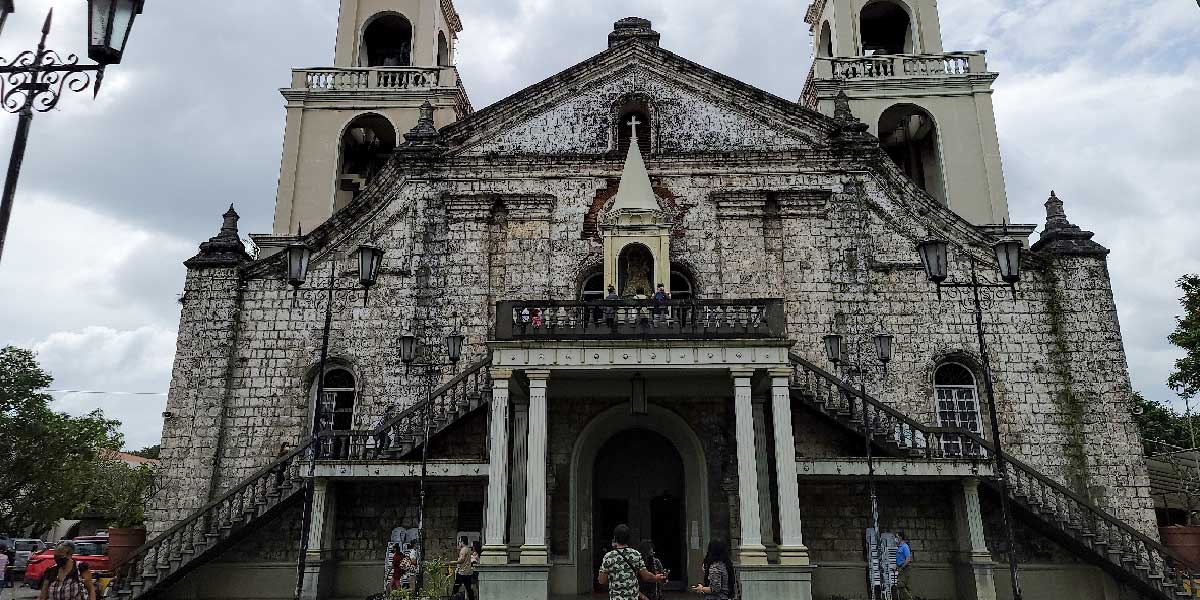President Ferdinand R. Marcos Jr. heralded the launch of the Energy Sector Emergency Operations Center (ESEOC) and the Mobile Energy System (MES), marking a significant advancement in the nation’s disaster response capabilities.
The projects aim to ensure uninterrupted power supply during emergencies, a crucial factor in relief and reconstruction efforts.
Speaking at the Energy Center in Bonifacio Global City, Taguig City, the President underscored the necessity of electricity in critical situations.
“Electricity makes relief, response, and reconstruction possible,” his message, delivered by Executive Secretary Lucas Bersamin, highlighted the detrimental effects of delayed power restoration.
“For people and places devastated by disasters, nothing conveys the assurance that everything will be alright than the availability of power,” President Marcos added, advocating for robust contingency plans over mere reliance on public resilience.
The newly inaugurated ESEOC will enable near real-time monitoring of energy infrastructure, providing a centralized platform for coordination among authorities at various administrative levels during crises.
The MES, equipped to harness renewable energy, is designed to offer a swift and adaptable power supply to remote areas.
In a strategic move to bolster the country’s defenses against typhoons, initial MES units are to be deployed in the vulnerable municipalities of Santa Ana and Lal-lo in Cagayan province, as well as to select government agencies.
President Marcos extended his gratitude to the United States Agency for International Development (USAID) and the Department of Energy (DOE) for their collaboration on these innovative and sustainable energy solutions.
These efforts are part of the broader “Energy Secure Philippines” (ESP) project by USAID, a five-year initiative backed by a PHP1.6-billion (USD34 million) investment to enhance the energy sector’s competitiveness and resilience.
During the event, USAID presented the DOE with eight solar-powered MES units. Two units will remain with the DOE, one to serve as ESEOC’s backup power, while the remaining will be operational between June and August of this year.
Each MES unit, valued between PHP2.99 million to PHP5.25 million, features a 50 kWh battery storage capable of supporting a range of household and office devices for almost 12 hours.
These developments signal a strong commitment to building an energy system that is not only secure but also capable of withstanding the challenges posed by natural disasters, exemplifying the “power of unity and the value of cooperation.”



















